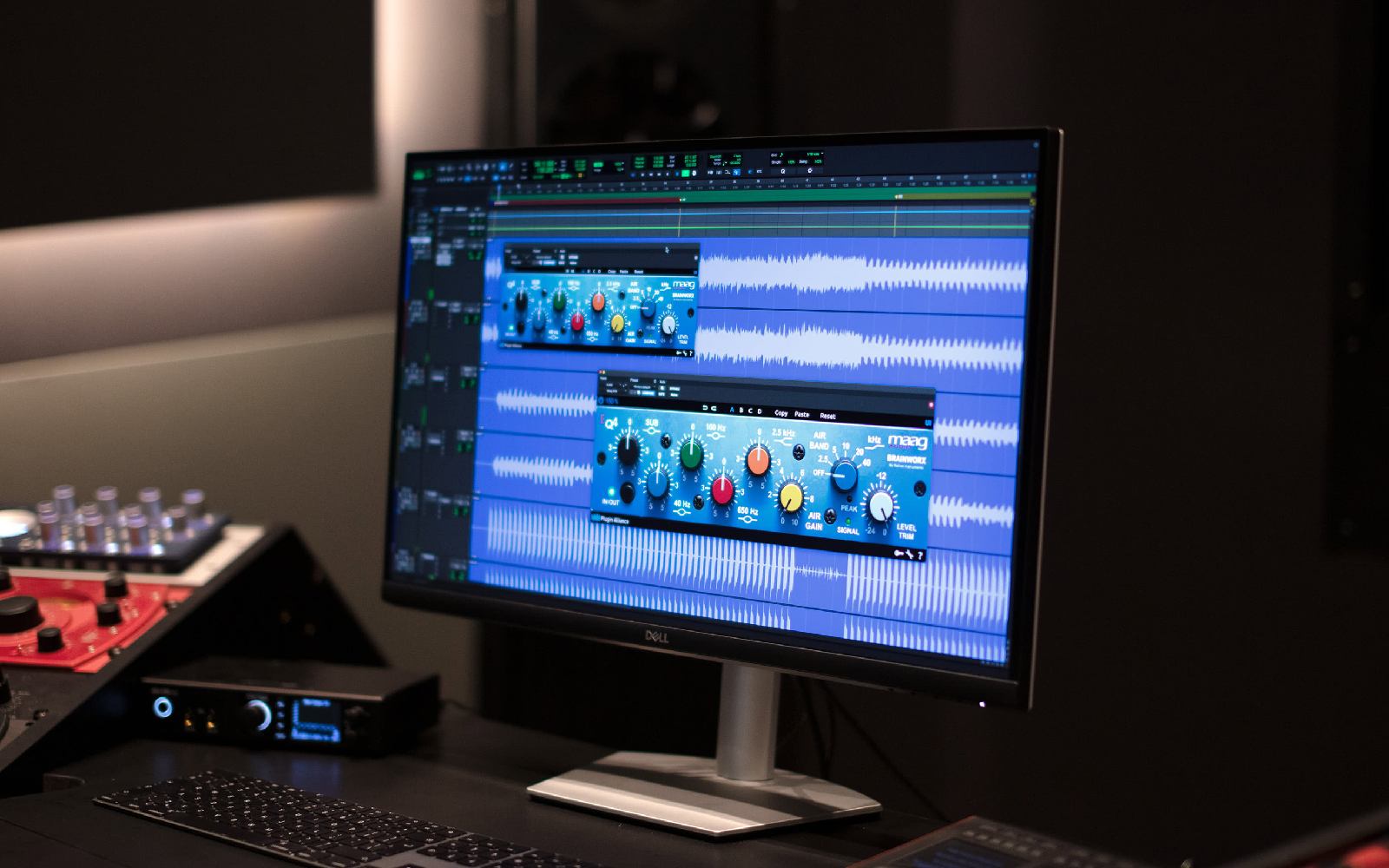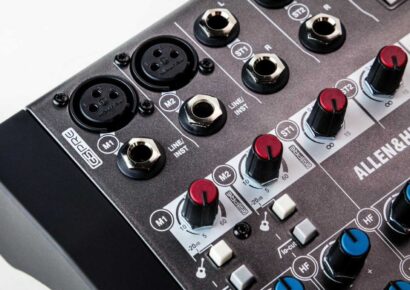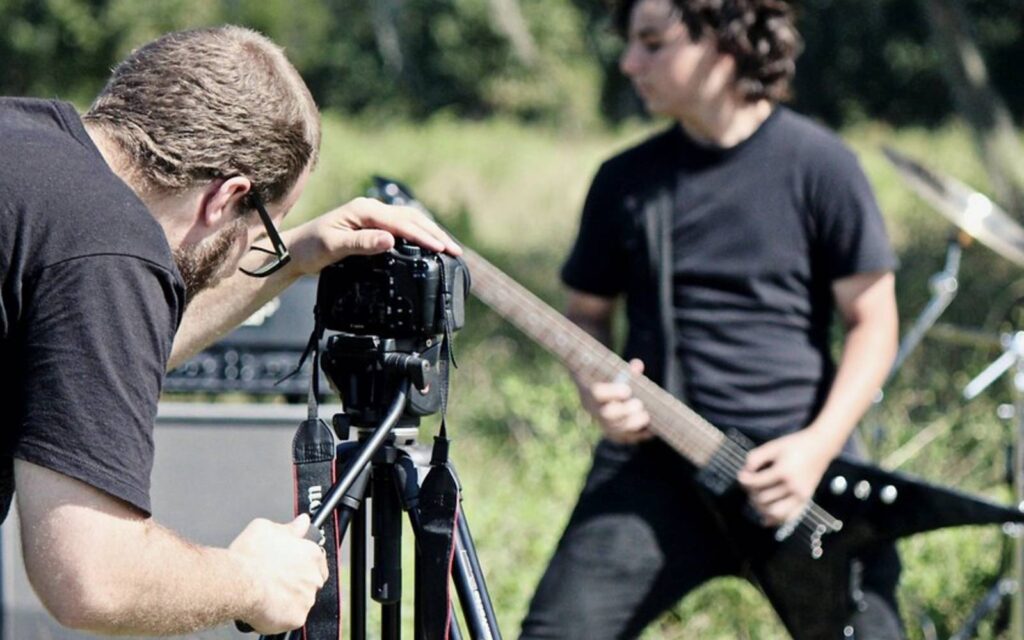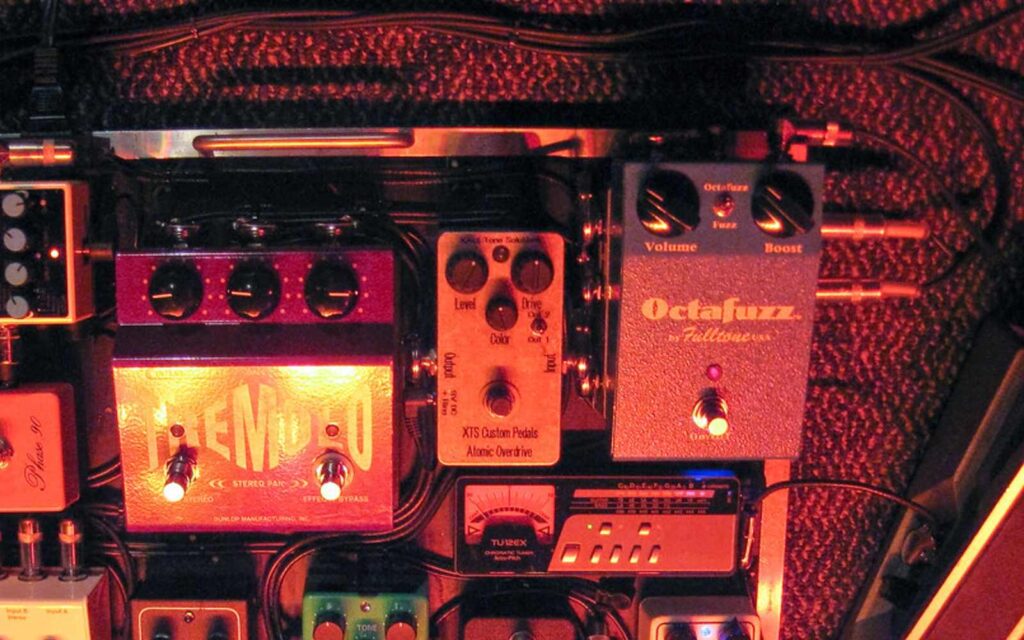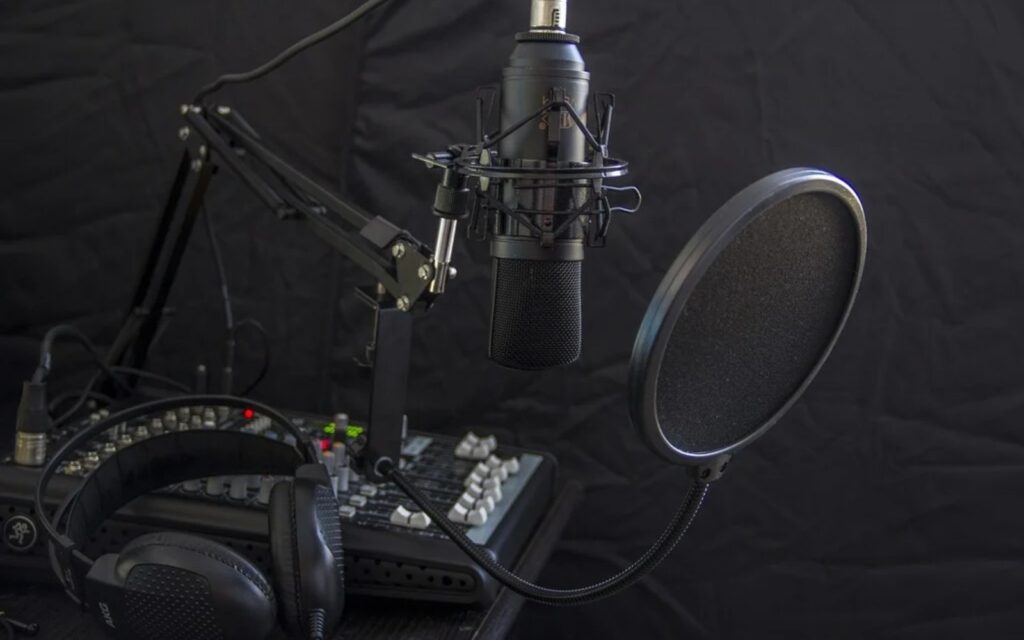Mix bus processing can be as simple or as complex as you like.
While it’s generally not advisable for the processing on a mix bus to be the make or break for the mix of an audio pro (some mastering engineers requesting a mix with a clean mix bus!), it’s not uncommon for an audio pro mixer’s mix bus processing to play a huge role in their sound.
Before diving into some common mix bus techniques like EQ, compression and saturation, let’s answer a question: What is mix bus processing? At a basic level, mix bus processing is processing that is applied often to an entire mix, or an entire group of instruments, i.e. all your guitar tracks, or all your drum tracks etc. It’s also not uncommon to process all of your rhythm instruments together, i.e. bass and drums, and all of your lead instruments together, i.e. guitar solos and vocals. Gottit? Let’s dive in.
Read up on all the latest interviews, features and columns here.
In the modern world of digital audio, it’s not uncommon for us to have multiple mics on a source, all summed together within our DAW before they’re sent to our final mix. For example, you might have 12 mics on a drum kit, each with their own EQ, compression and effects, and it can be good to process all of these together as well to keep the kit sounding cohesive.
Digital audio can be unnaturally clean and clear, so saturation can be a great way to bring back some ‘analogue’ vibe and mojo, as well as helping things settle back into a mix. Saturation is a great way to do this as it both bolsters and refines sound, as well as the character or saturation and overdrive serving to attenuate and shape sounds much like a compressor or limiter would. This saturation is what makes recording and mixing to tape sound the way it does, squeezing sounds together and sticking them together like glue. These sounds are heard across the mixes of a whole range of audio pro mixers worldwide. Saturation affects different harmonics of a sound in a unique way, so the sound isn’t always overtly distorted, but instead is just bigger, more present and forward sounding without audible distortion; unless you want it!
Want to get mixing like an audio pro? You can get shop, browse and buy plugins from Plugin Alliance here.
Saturation is the origin of all the audio buzzwords we’re so accustomed to: warm, vintage, fat, smooth, glassy, crisp and more. Saturation is a great way to either process an entire group of instruments or your entire mix (little cheat code for you readers: “both” is the correct answer when dealing with saturation).
Black Box Analog Design HG-2
You might very well have seen the Black Box Analog Design HG-2 in the racks of studio rundown videos, and thankfully the Plugin Alliance plugin does a very good job of replicating the hardware, without the eye-watering price tag. The HG-2 is a Harmonic Generator, refining and shaping the harmonics of the sounds run through it. The Plugin Alliance HG-2 is a great solution for saturation in a mix because of a few key elements: it’s modelled on the tube hardware, as well as being able to dial in ‘Air’. While there’s a slew of features available for different sounds, these two options make it a great solution for mix bus processing.
The tube modelled sound is available by blending in either pentode or triode-style tube sounds, in series, allowing you to push harder into the triode tubes if you wish, all of this circuitry also being between the virtual transformers of the input and output stages, just like the hardware. What elevates the plugin version though, is the ‘Air’ control. The hardware has a button for ‘Air’, but the plugin adds an ‘Air Amount’ control, allowing you to add high frequency harmonic information and blend it to taste. High end can help bring elements back and forward in a mix, making the Black Box Analog Design HG-2 a great solution to processing separate instrument’s buses and giving them space within the depth of your mix.
Adding this ‘Air’ band across an entire mix can help provide clarity, focus and a ‘finished’ sheen across your entire mix. The plugin also features an overall ‘Mix’ control, allowing you to blend in as much or as little as you like for parallel style processing. If you need more control though, it’s also common to use more specific and accurate EQ across your whole mix.
EQing an entire mix can help to bring things together, helping to add low end to your carefully shaped and crafted bass guitar and kick, as well as adding the sheen of cohesion to your entire balance. While tube-heavy EQs are a popular choice, they aren’t as forgiving as some more modern options, namely the Maag EQ4, Brainworx having a plugin available. With four bands of EQ, the EQ4 allows you to subtly shape and refine your mix across the Lows, Low Mids, Mids and Highs, as well also offering a ‘Sub’ and ‘Air’ shelf, the ‘Air’ selectable with a few options between 2.5kHz and 40kHz. Yes, this is above the range of human hearing, but we’ll get to that in a moment.
Maag Audio EQ4
The Maag EQ4 is not a surgical EQ by nature, its focus and intention is more succinctly for musical EQing, adding and subtracting sub frequencies, low frequencies at 40Hz (ideal for adding girth to kick and bass), low mid frequencies at 160Hz (great for the bottom end of guitars and mid range instruments) mid frequencies at 650Hz to help focus vocals, solos and keys and high end at 2.5Khz and above to add sheen to the whole mix!
Now, the ‘Air’ band and its 40kHz setting. Why on Earth would you need to boost 40kHz? Well, while we can’t hear 40kHz, the nature of EQ bell and shelf curves is that they begin to pull up frequencies around the focus frequency, so 40kHz will ever so subtly begin to drag up surrounding frequencies at the limit of our hearing, like 18-19kHz, adding a pleasant, supremely transparent sparkle to a mix!
One final note on bus processing is the use of mid-side processing, used by some of the best audio pro mixers, available being in the Black Box HG-2MS plugin more specifically. Mid-Side processing, as the name suggests, allows you to process the mid and side of a stereo signal separately instead of the left and right that is more conventional. This allows you to compress the middle of your mix differently to the sides, the centre often featuring important elements like kick, snare, vocal, solos and more, while the sides are often filled with the rest of the arrangement, effects and reverbs. Mid-Side processing allows you to, for example, process that centre of the stereo image harder than the sides, particularly helpful for building a solid foundation overall.
The saturation from the HG-2MS can ensure those main elements retain all the warm, rich, gooey and fat sounds, while the sides can be a bit more free and transparent sounding. The opposite is also possible! Add ‘Air’ to either the sides or the centre to shift the balance for a more cohesive mix overall.
Mix bus processing is one way to make your mixes sound more refined, finished and, for lack of a better word, professional, and you’ll be mixing like an audio pro in no time. Processing the mix overall, as well as separate instruments, allows you to finish off a more cohesive mix with a chef’s kiss. You can hack away with surgical EQs to make room for everything, before boosting that warmth, drive and thickness back in at the mix bus stage.
EQ overall allows you to push and pull elements forward and back in the mix, while saturation is ultimately a ‘finisher’, allowing you to make sounds bigger, more present and more refined with the turning of a few (digital) knobs! As always, it’s important to experiment with EQing or saturating in different orders. EQ pre-saturation allows you to push certain bands harder into saturation, or vice versa, to saturate and then subtly shift the frequency of the whole mix.
The Plugin Alliance Black Box HG-2 and Brainworx Maag EQ4 plugins will sound good no matter how you choose to use them—and you can consider that a challenge!
Want to get mixing like an audio pro? You can get shop, browse and buy plugins from Plugin Alliance here.
